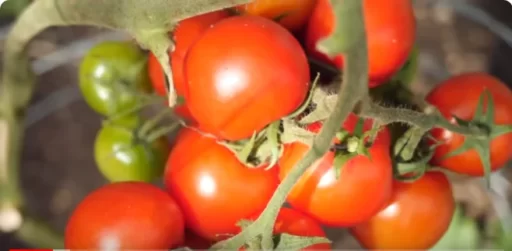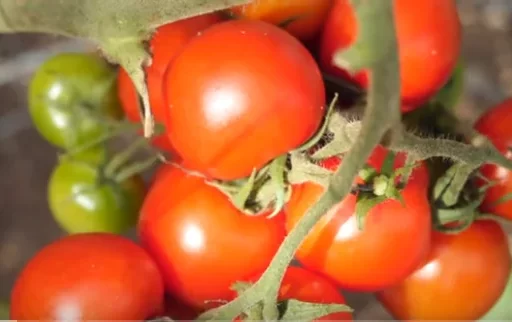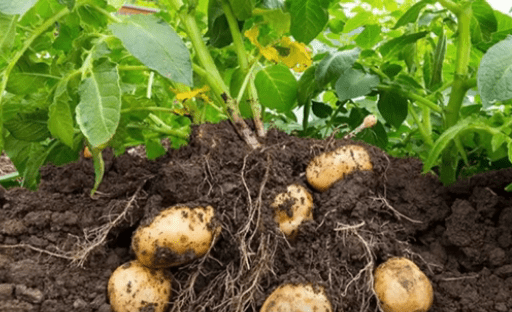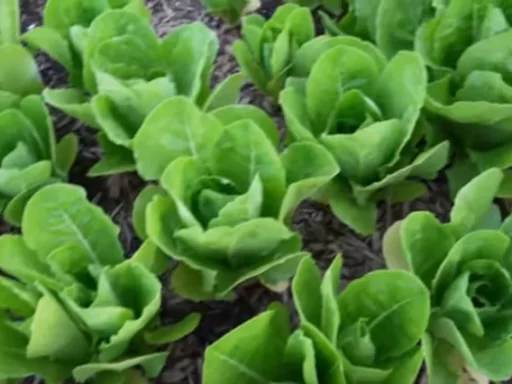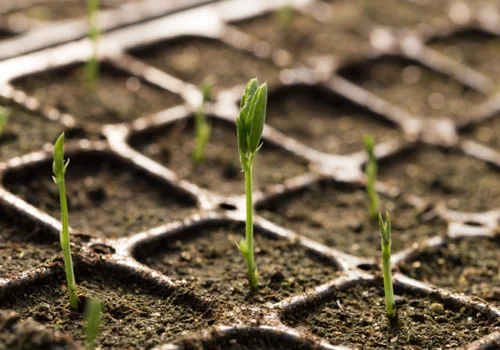For many gardeners, the idea of letting tomatoes fully ripen on the vine seems like the key to growing the most flavorful fruit. However, this widely accepted belief is actually a misconception. In fact, allowing tomatoes to fully ripen on the vine could lead to crop loss and damage without improving the flavor. This article explains the stages of tomato ripening, reveals why letting them ripen on the vine is unnecessary, and provides tips for harvesting tomatoes at the perfect time.
Understanding the Ripening Process of Tomatoes
To better understand why the vine-ripened tomato myth persists, it’s important to learn how tomatoes ripen. Like many other fruits, tomatoes begin to ripen after they reach maturity by producing ethylene, a natural plant hormone. As ethylene production increases, the fruit gradually ripens. While this process occurs naturally, picking tomatoes too early or too late can significantly affect their quality.
Tomatoes undergo several stages of ripening, from immature green to the mature green, breaker, and ripe stages. Commercial farmers often pick tomatoes at the mature green stage to prevent bruising during transport. These tomatoes are later treated with artificial ethylene to hasten ripening, which is why grocery store tomatoes often lack the rich flavor of homegrown varieties. This industrial process is what has perpetuated the false notion that vine-ripened tomatoes are superior.
The Problem with Letting Tomatoes Fully Ripen on the Vine
Many gardeners mistakenly think that tomatoes taste best when left to ripen fully on the vine. However, allowing tomatoes to reach full ripeness while still on the plant can lead to various problems. These include pest attacks from birds, insects, or slugs, as well as environmental damage like cracking due to humidity or rain. Additionally, tomatoes that ripen past the breaker stage (when color begins to change) no longer benefit from being connected to the plant, as they stop receiving nutrients.
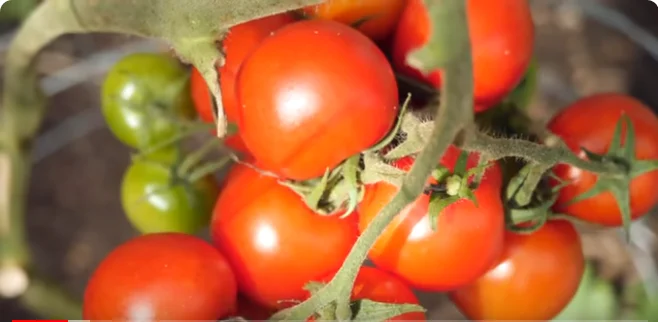
Instead of enhancing flavor, leaving tomatoes on the vine beyond the breaker stage exposes them to unnecessary risks. This misconception results in millions of pounds of crop losses globally, as tomatoes become damaged or destroyed by external factors. Picking tomatoes at the right stage can prevent this loss and ensure better fruit quality.
The Best Time to Pick Tomatoes
So, when is the best time to pick tomatoes? Studies show that tomatoes are ready for harvest once they have developed 30-50% of their final color. At this stage, they are no longer dependent on the plant and can ripen fully indoors. Harvesting tomatoes early reduces the risk of environmental damage, pests, or cracking. Additionally, tomatoes picked at this stage can develop full flavor while ripening off the vine, with no negative effect on taste.
How to Ripen Tomatoes Indoors
Once you pick tomatoes at the right stage, they will continue to ripen indoors. Store them in a cool, well-ventilated space away from direct sunlight. You can control the ripening speed by clustering tomatoes together or storing them with ethylene-producing fruits like bananas or avocados. To slow down ripening, space out your tomatoes and store them at slightly cooler temperatures, but never below 50°F, as cold temperatures can damage the fruit.
The Psychology Behind Vine-Ripened Tomatoes
The idea that vine-ripened tomatoes taste better is often more psychological than factual. People associate vine ripening with better quality because it feels more natural. However, scientific studies have shown that tomatoes picked at the breaker stage taste just as good, if not better, than those left to fully ripen on the plant. The belief in the superiority of vine-ripened tomatoes is based more on perception than on reality.
Conclusion: Rethinking Tomato Ripening
Allowing tomatoes to fully ripen on the vine is not only unnecessary but can also lead to crop damage. By understanding the ripening process and picking tomatoes at the right time, you can improve both the yield and quality of your harvest. The key takeaway is that tomatoes develop full flavor off the vine, and there’s no need to risk environmental damage by leaving them on the plant beyond the breaker stage.
Frequently Asked Questions
- When should I pick my tomatoes? Tomatoes should be picked when they reach 30-50% of their final color, typically at the breaker stage.
- Will my tomatoes taste better if I let them ripen on the vine? No, tomatoes do not develop more flavor after the breaker stage. Leaving them on the vine increases the risk of damage.
- How can I ripen my tomatoes indoors? Store them in a cool, well-ventilated area away from direct sunlight. You can cluster them with bananas or avocados to speed up ripening.
- Why do grocery store tomatoes taste bland? Grocery store tomatoes are often picked at the mature green stage and artificially ripened, which prevents them from developing full flavor.
- Can I refrigerate tomatoes? No, storing tomatoes in temperatures below 50°F can damage the enzymes responsible for their flavor, making them taste bland.
- What is ethylene, and how does it affect ripening? Ethylene is a natural plant hormone that tomatoes produce to trigger the ripening process.
- How can I slow down the ripening process? To slow ripening, spread out your tomatoes and store them at slightly cooler temperatures, but avoid going below 50°F.

